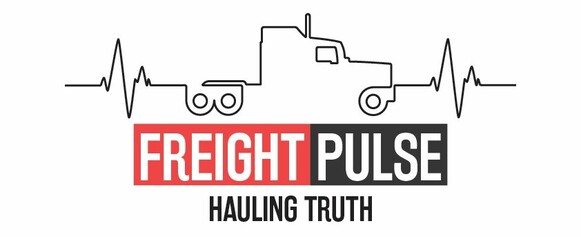What would be the scenario for the tracking industry if Canada became the 51st state of the USA?
US President-elect Donald Trump on Tuesday said he will use “economic force” to make Canada a part of the United States, a comment that attracted sharp reaction from Canadian Prime Minister Justin Trudeau.
Given the uptick in Canada’s oil and gas stocks, some blame the fossil fuel industry for Trump’s annexation threat, painting renewable energy as the solution to cut dependence on foreign powers and might.
What would that mean for Canada and what for the US?
If Canada were to become the 51st state of the United States, the implications for the tracking and logistics industry would be both profound and multifaceted. While the scenario is hypothetical and fraught with political and cultural considerations, analyzing its potential impact on the industry reveals opportunities and challenges that could reshape North American trade and logistics.

Unified Regulatory Framework
One of the most significant changes would be the harmonization of regulations. Currently, the U.S. and Canada have distinct rules governing trucking, trade, and logistics, including differences in vehicle standards, hours-of-service regulations, and border crossing protocols. As a U.S. state, Canada would align with federal U.S. regulations, simplifying compliance for trucking companies. This regulatory unification could:
-Reduce administrative costs associated with cross-border transportation.
-Enable smoother and faster movement of goods.
-Lower barriers for smaller companies to enter what was previously an international market.
Elimination of Customs and Tariffs
The removal of customs checkpoints and tariffs at the U.S.-Canada border would lead to a seamless flow of goods.
1.Decrease transit times and reduce fuel costs by eliminating delays at border crossings.
2.Allow companies to optimize routes without considering border logistics.
3.Enhance supply chain efficiency, particularly for industries reliant on just-in-time delivery.
Becoming a U.S. state would likely lead to increased federal investment in infrastructure within Canada. Improved highways, bridges, and freight hubs could, support higher volumes of freight traffic, reduce wear and tear on vehicles due to better road conditions, and expand access to remote regions, opening up new markets for goods.
Challenges in Workforce Integration
While regulatory alignment could streamline operations, workforce integration might pose challenges.
Differences in labor laws, union agreements, and wage standards between Canada and the U.S. would need to be reconciled. For the trucking industry, this could mean
-Potential wage adjustments to align with U.S. standards, affecting profitability.
-Workforce training to meet unified safety and operational standards.
-Possible resistance from drivers and unions in both countries during the transition period.
A unified North American market would intensify competition among trucking companies. Larger U.S. carriers could more easily expand operations into Canada, potentially threatening smaller Canadian firms. Conversely, Canadian companies would gain unfettered access to the vast U.S. market, creating new growth opportunities.
Environmental and Technological Impacts
A unified framework could also accelerate the adoption of green technologies and digital innovations. Shared incentives and policies for electric vehicles, autonomous trucking, and sustainable practices could drive down costs for adopting new technologies, promote innovation through shared research and development initiatives, and enhance environmental sustainability across the region.
Cultural and Operational Adjustments
Despite operational efficiencies, cultural differences between Canadian and U.S. companies might create friction. Business practices, communication styles, and consumer expectations would require adaptation. Building strong cross-border partnerships and fostering cultural understanding would be crucial.
For trucking companies and logistics professionals, this transformation would present an opportunity to reimagine supply chain strategies, innovate operational practices, and expand into new markets. While the prospect of such a political shift remains speculative, its implications for the industry are worth exploring as globalization and regional integration continue to shape the future of trade.
The hypothetical scenario of Canada becoming the 51st U.S. state would radically transform the tracking and logistics industry. By eliminating cross-border barriers, harmonizing regulations, and investing in infrastructure, the industry could experience unprecedented growth and efficiency. However, challenges related to workforce integration, competition, and cultural adjustments would need careful navigation.
If you are interested in checking the latest market conditions and fuel prices, click here.

